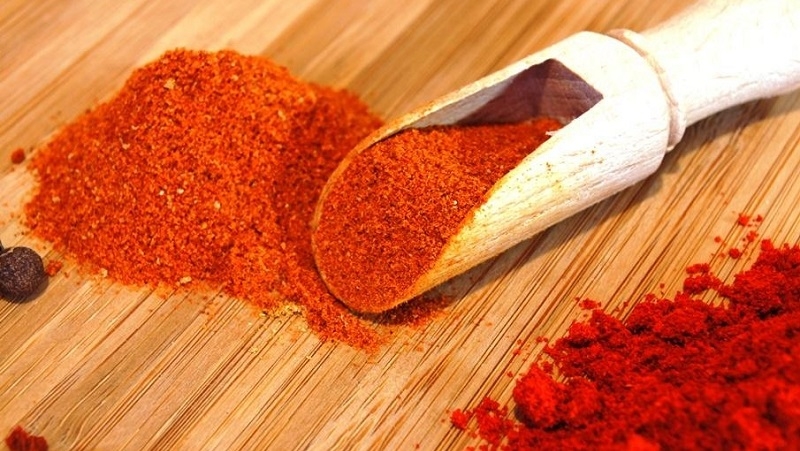- No. 268 Xianghe Street, Economic Development Zone of Xingtai city, Hebei 054001 China
- Byron@hbhongri.cn
Current Trends in Paprika Powder Pricing and Market Insights
Understanding Paprika Powder Pricing Factors and Trends
Paprika powder, a vibrant spice derived from grinding dried peppers, has become a staple in kitchens around the world, especially in cuisines from Hungary, Spain, and Mexico. Not only does it add color and flavor to dishes, but its nutritional benefits and versatility have increased its popularity in recent years. However, like many agricultural products, the price of paprika powder can fluctuate significantly due to various factors. This article delves into the intricacies of paprika powder pricing, shedding light on what influences its market value.
The Growing Demand for Paprika Powder
One of the primary factors affecting the price of paprika powder is its demand in the global market. Over the past few years, there has been a notable rise in the use of spices in food products, driven by changing consumer preferences that favor natural seasoning over synthetic additives. As more people become interested in cooking and experimenting with international cuisines, the demand for paprika powder has surged. This increase in popularity can lead to higher prices, especially if supply cannot keep pace.
Supply Chain Considerations
The supply of paprika powder is primarily influenced by agricultural conditions. Major producers of paprika include Hungary, Spain, and the United States. Factors such as climate conditions, crop yield, and farming practices can significantly affect the availability of paprika powder. For instance, adverse weather conditions, such as droughts or excessive rainfall, can damage crops and reduce supply, consequently driving up prices. Additionally, geopolitical issues, trade restrictions, or tariffs imposed on spice imports and exports can further complicate the supply chain, impacting pricing on a global scale.
Quality and Type of Paprika
paprika powder price

Another critical aspect influencing the price of paprika powder is the quality and type of paprika being sold. There are various grades of paprika, ranging from sweet to hot, and different varieties, such as Hungarian sweet, Spanish smoked, and American mild. Higher-quality paprika, which may come from specific regions known for their superior cultivation practices, often commands a higher price. The labor-intensive processes involved in growing, harvesting, and processing premium paprika contribute to its increased cost.
Market Trends and Consumer Preferences
Market trends also play a significant role in determining the pricing of paprika powder. The rise of health-conscious consumers has resulted in a growing interest in organic products. Organic paprika, which is cultivated without synthetic fertilizers or pesticides, tends to be priced higher than conventional paprika due to the increased costs associated with organic farming practices. Additionally, as consumers become more aware of the health benefits associated with spices—such as their antioxidant properties—there may be a willingness to pay a premium for higher-quality, organic options.
The Impact of Distribution Channels
The distribution channels through which paprika powder is sold can also affect its retail price. Paprika can be found in various forms, including whole dried pods, crushed flakes, and ground powder. The method of processing and the form in which it's sold can lead to variations in pricing. Retailers, whether online or brick-and-mortar stores, may mark up the price due to shipping costs, storage, and overall demand in their specific market segment. Furthermore, specialty stores focusing on gourmet products may charge higher prices compared to mass-market retailers.
Conclusion
In conclusion, the price of paprika powder is shaped by a confluence of factors, including demand trends, supply chain dynamics, quality variations, and distribution methods. As the culinary world continues to evolve and consumer preferences shift towards more natural and organic products, the demand for paprika powder is likely to remain strong. Understanding these underlying factors is essential for consumers, producers, and retailers alike, as they navigate the complexities of the spice market. Whether used to enhance a dish's flavor or for its visual appeal, paprika powder continues to hold its place as a beloved ingredient, reflecting the intricate interplay of agriculture, economy, and culture.
-
Power of Bulk Turmeric PowderNewsMay.08,2025
-
Paprika Oleoresin Is the Natural Choice for FoodNewsMay.08,2025
-
High-Quality Oleoresin Capsicum for SaleNewsMay.08,2025
-
Flavorful World of Paprika&Chili ProductsNewsMay.08,2025
-
Chinese Crushed Red PepperNewsMay.08,2025
-
Benefits of Turmeric Standardized ExtractNewsMay.08,2025





